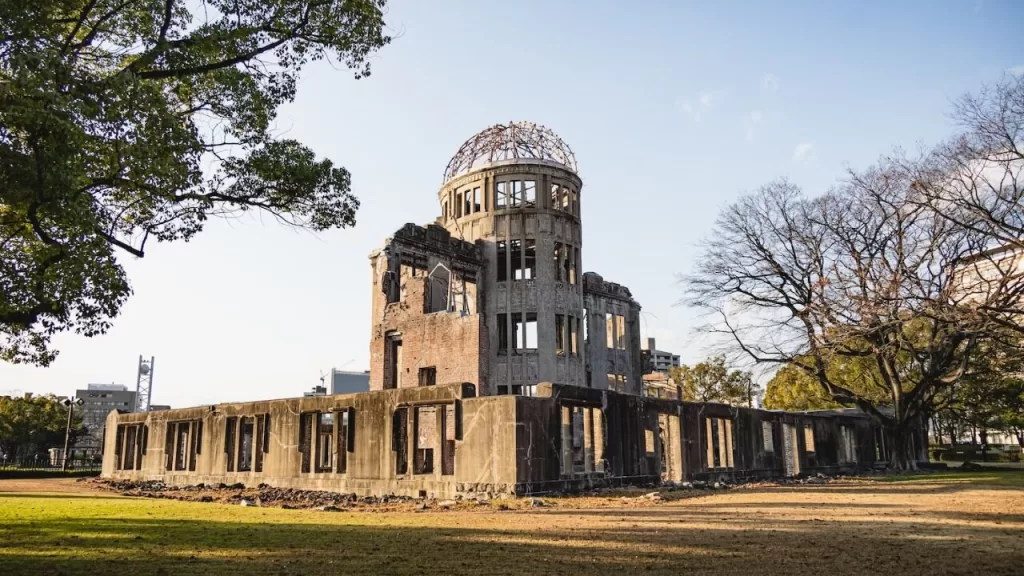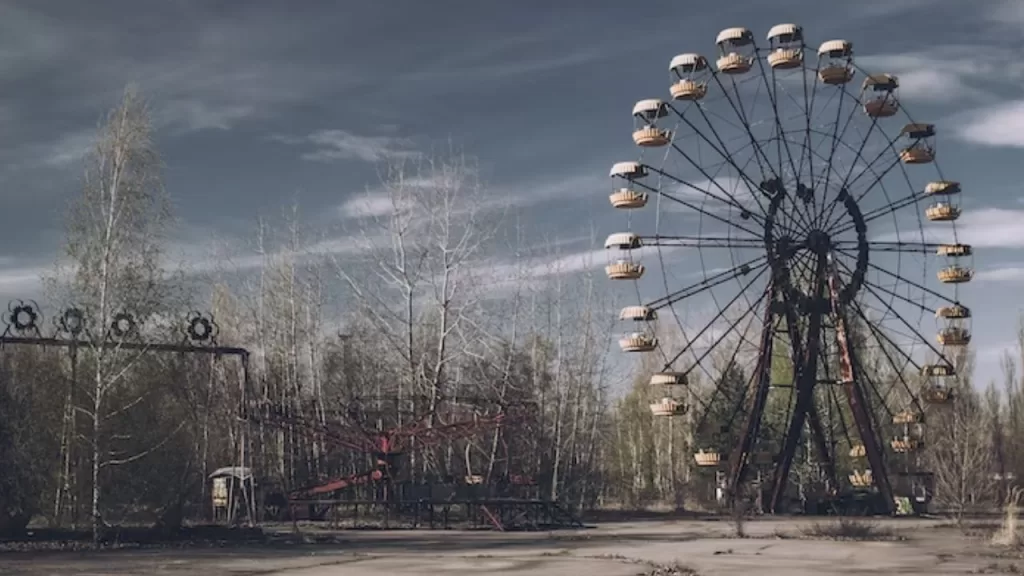Why Can You Live in Hiroshima but not Chernobyl? Exploring the Differences in Radiation and Recovery
In 1945, the atomic bomb nicknamed “Little Boy” was dropped on Hiroshima, Japan, marking a devastating and historic moment in world history. Then, four decades later, in 1986, a catastrophic nuclear accident occurred at the Chernobyl Nuclear Power Plant in Soviet Ukraine.
Both events caused immense suffering and exposed countless people to high doses of radiation. Yet today, people can live in Hiroshima, but not in the vicinity of Chernobyl. What caused these differences in recovery? Let’s dive into what makes these disasters distinct.

Radiation: A Killer With Hidden Blades
As we explore the aftermath of these events, it’s vital to understand radiation – an invisible, odorless force that drastically impacts human health.
When exposed to high levels of radiation, cells and tissues can become damaged or destroyed, leading to burns, radiation sickness, and in severe cases, death.
The Atomic Blast: A Flash and a Boom
On August 6, 1945, Little Boy detonated 600 meters above Hiroshima, releasing immense energy equivalent to about 15 kilotons of TNT.
The blast created an inferno, flattening buildings and incinerating people in an instant. Yet, it’s crucial to note that the atomic bomb released massive energy in a single instance, thus limiting the radiation exposure.
Hiroshima’s Rapid Recovery
Within a short period, most of the radioactive isotopes dispersed, and Hiroshima’s radiation levels returned to normal. The extensive efforts in rebuilding the city transformed it into a bustling metropolis that exists today.
Miraculously, survivors called “hibakusha” overcame numerous challenges, including health problems caused by radiation exposure.
Chernobyl: A Long Night of Terror
On April 26, 1986, a reactor at Chernobyl exploded and caught fire, sending vast amounts of radioactive isotopes into the atmosphere.

Unlike Hiroshima, the Chernobyl disaster was a prolonged event. The graphite-fueled fire burned for ten days, constantly expelling radiation and rendering vast areas near the plant uninhabitable.
An Inescapable Shadow
After the disaster, the Soviet government established an exclusion zone of about 2,700 square kilometers around Chernobyl. What makes the site so dangerous is the persistent presence of long-lived radioactive isotopes, such as cesium-137, with a half-life of 30 years.
The Legacy of Chernobyl: Time Stands Still
Even today, the Chernobyl Exclusion Zone largely remains a no-go area. While nature has reclaimed the abandoned cities and towns, the lingering radioactive particles pose a threat to human health.

In contrast to Hiroshima, Chernobyl continues to hold the ill-fated reminder of a tragedy that occurred decades ago.
Lessons Learned
Through analyzing these two distinct events, we can appreciate the importance of understanding radiation and how it influences our environments.
People can live in Hiroshima today because radiation from the 1945 atomic bomb dissipated quickly. In contrast, Chernobyl’s 1986 nuclear accident released long-lived radioactive isotopes that persist, making the area uninhabitable for extended periods.
Exploring Hiroshima and Chernobyl in Person: Visiting History Through Professionally Guided Tours

History in the Flesh: Hiroshima Tours
In Hiroshima, you can find numerous guided tours that offer valuable insight into the city’s tragic past, resilience, and rebirth. Many tours include a visit to the Hiroshima Peace Memorial Park, where you can pay respects at the Atomic Bomb Dome – a surviving remnant of the blast – and learn more at the Hiroshima Peace Memorial Museum.
Guides, often local residents or experts, share their knowledge and accounts of the atomic bombing, enabling you to understand the impact of this event on human lives and history.
The Ghostly Shadow of Chernobyl Tours
Chernobyl, while still a restricted area, has piqued the curiosity of adventurous travelers who wish to explore the abandoned towns and villages within the Chernobyl Exclusion Zone.
In recent years, professionally guided tours have safely escorted tourists to witness the eerie scenes of desolation left behind by the nuclear disaster.
These tours strictly follow safety protocols and regulations, ensuring that visitors adhere to radiation exposure limits while exploring this frozen-in-time landscape. A skilled guide will lead you through the once-thriving but now abandoned city of Pripyat, the haunting Duga Radar site, and various intriguing locations within the exclusion zone.
Heritage and Legacy: Respect and Reflection
When attending guided tours in both Hiroshima and Chernobyl, it’s essential to approach these sites with respect and consideration for the suffering endured and the lives affected. These visits allow us to reflect on the power of human resilience and the importance of learning from our past to create a safer future.
Hiroshima FAQ:
How did the atomic bombing in Hiroshima affect Japan’s surrender during World War II?
The atomic bombings of Hiroshima and Nagasaki played a significant role in Japan’s unconditional surrender on August 15, 1945, which effectively ended World War II. The bombings made it clear that continued resistance would lead to further devastation, prompting Emperor Hirohito to announce Japan’s capitulation.
What precautions and measures were taken during the reconstruction of Hiroshima?
During the rebuilding process, Hiroshima underwent extensive clean-up efforts for debris and contaminated materials. This process, along with the natural dissipation of radioactivity, allowed radiation levels in the city to return to normal relatively quickly. Reconstruction focused on creating a city with green spaces and practical infrastructure fit for accommodating the surviving population and future growth.
What is the purpose of the Hiroshima Peace Memorial Park and Museum?
The Hiroshima Peace Memorial Park, constructed around the Atomic Bomb Dome, serves as a constant reminder of the destructive power of nuclear weapons and promotes global peace. The park houses the Hiroshima Peace Memorial Museum, which educates visitors about the bombing, its effects, and the need to strive for a world free of nuclear arms.
How does Hiroshima commemorate the atomic bombing anniversary?
Every year on August 6, Hiroshima observes a Peace Memorial Ceremony, held in Hiroshima Peace Memorial Park. During this event, people remember the victims of the atomic bombing, and political leaders, along with the hibakusha, reiterate the call for global nuclear disarmament and lasting peace.
How are Hiroshima’s younger generations educated about the atomic bombing and its impact on the city?
Education about the atomic bombing and its effects on Hiroshima is an integral part of the local school curriculum. Students learn about the city’s history, the experience of hibakusha, and the importance of promoting peace. Additionally, the Hiroshima Peace Memorial Museum offers educational opportunities for visitors of all ages to understand the city’s tragic past and its continued commitment to a more peaceful future.